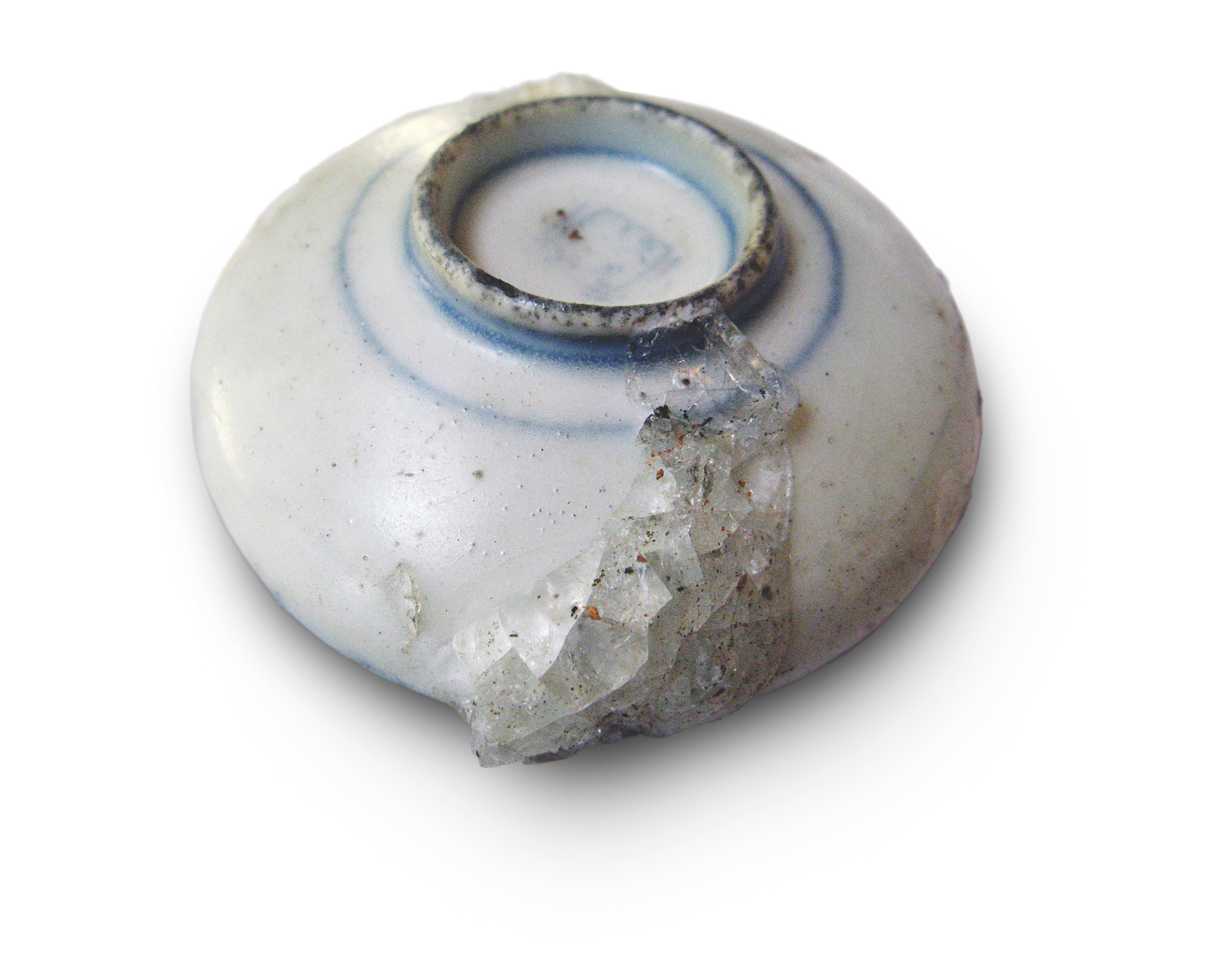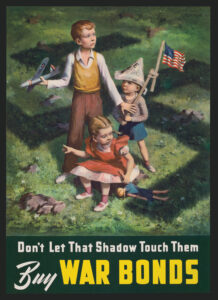Bearing evidence of atomic flash burn, the bowl—just 2 3/4 inches in diameter—was a recognizable piece of humanity amid total destruction.
Q: I am 81 years old and grew up in Wheeling, West Virginia. When I was in the fourth grade or so, my Sunday school teacher, Wilbert W. Miller, gave me this bowl as an award for perfect attendance. Mr. Miller explained that he was one of the first persons to enter Hiroshima after the bombing. Might you be able to verify his story and the bowl’s origin? For years I have felt it should be part of a museum collection. —Harold L. Stocker, Plainfield, Ind.
A: This bowl shows signs of the distinctive “flash burn” unique to the atomic bombings of Hiroshima and Nagasaki. The destructive forces of the “Little Boy” bomb dropped on Hiroshima on August 6, 1945, can be divided into three categories: radiation, heat, and shock wave. The wave of radiation racing from the single atom that started the explosion manifested itself as a brilliant flash, its speed fast enough to escape the bomb’s casing before it disintegrated. Within one second of detonation, the heat from a fireball 900 feet in diameter with a temperature hotter than the surface of the sun resulted in flash burn as far as 9,500 feet from the detonation’s center. A relatively slow shock wave followed this searing force, flattening or damaging buildings out to 8,000 feet.
Atomic flash burn is unique because of its duration—just a few thousandths of a sec-ond—and its intensity. Because of its short span and high heat, flash burn affected only objects in the direct line of sight of the Hiroshima explosion. This resulted, most famously, in shadows being burned onto surfaces shielded from the explosion by humans and objects. In the case of the bowl, the heat was high enough to discolor it and melt material onto its side and interior but brief enough to not completely destroy it.
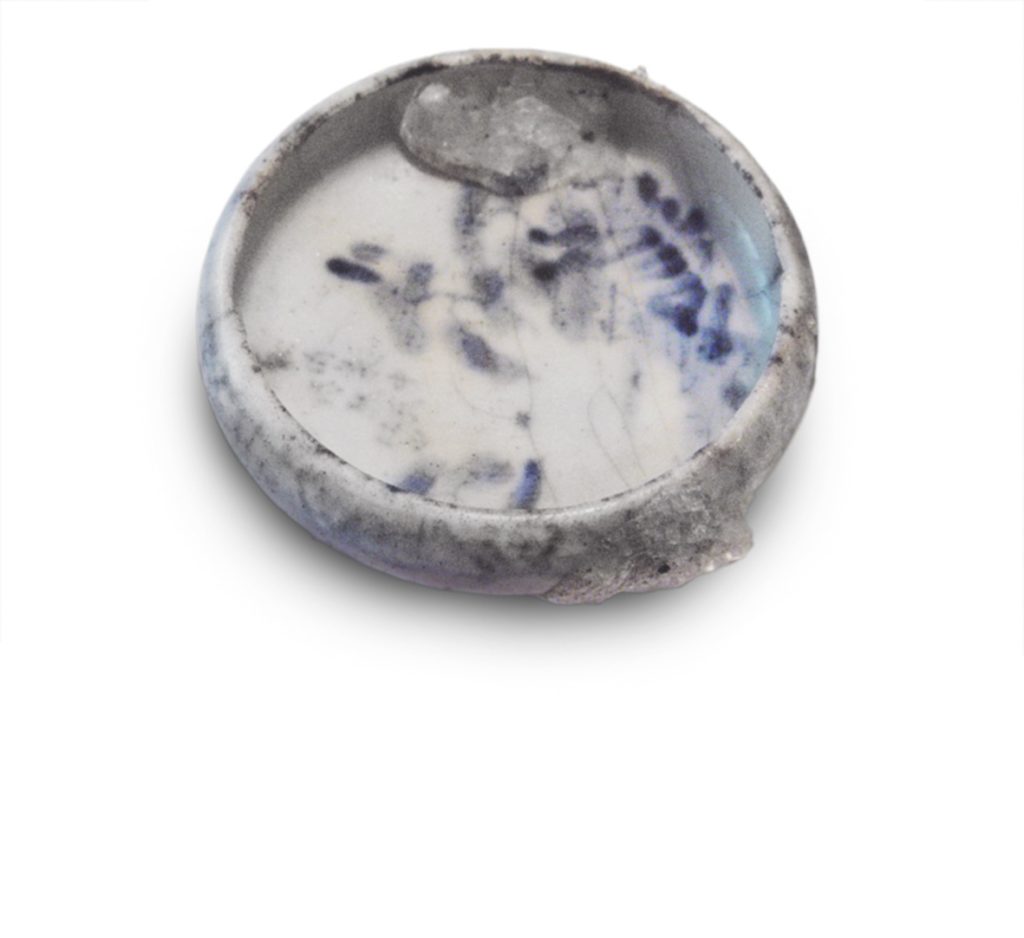
We have good reason, therefore, to trust Wilbert Miller’s story; specifics about Miller himself, though, are hard to come by. He attended the University of Pennsylvania shortly before enlisting in the U.S. Army; his service number indicates he was a volunteer but does not provide any additional information. And we don’t have enough particulars to place Miller in Hiroshima in any assigned military unit. Perhaps this story will spark someone who knew of him to come forward with more details.
Hiroshima was a city of firsts, for all the wrong reasons. Within hours of the blast, people began to stream into the stricken city in search of their families. Some of the very first Europeans to appear were Christian missionaries from Germany; they came from the nearby hills looking for countrymen who had been operating a mission near ground zero. Japanese military officials soon began arriving to see if the rumors of apocalyptic destruction were true. Officially the first regular U.S. Army unit into Hiroshima was the 186th Infantry Regiment, 41st Infantry Division, on October 6, 1945, but those troops, in fact, arrived simultaneously with POW repatriation teams, Manhattan Project scientists, and military medical representatives. Following the scientific and mercy missions, Hiroshima over the next few months became somewhat of a tourist attraction and a curiosity for U.S. servicemen on occupation duty, while scientists and journalists came to the city to document its destruction. One of these many visitors may have been West Virginia native Wilbert W. Miller.
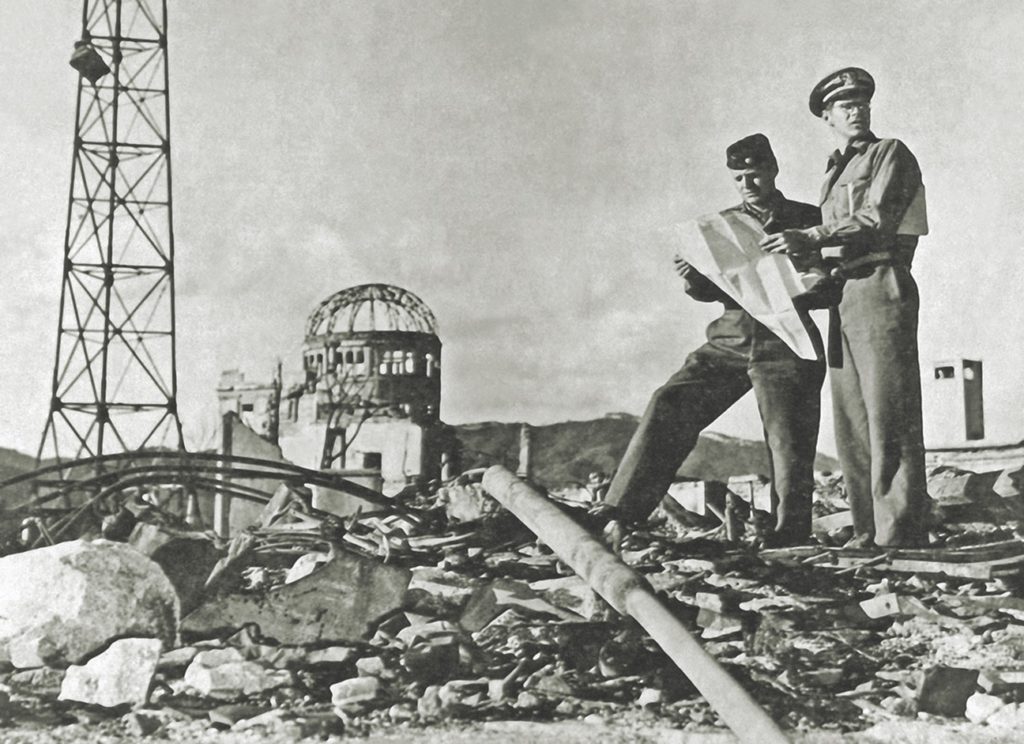
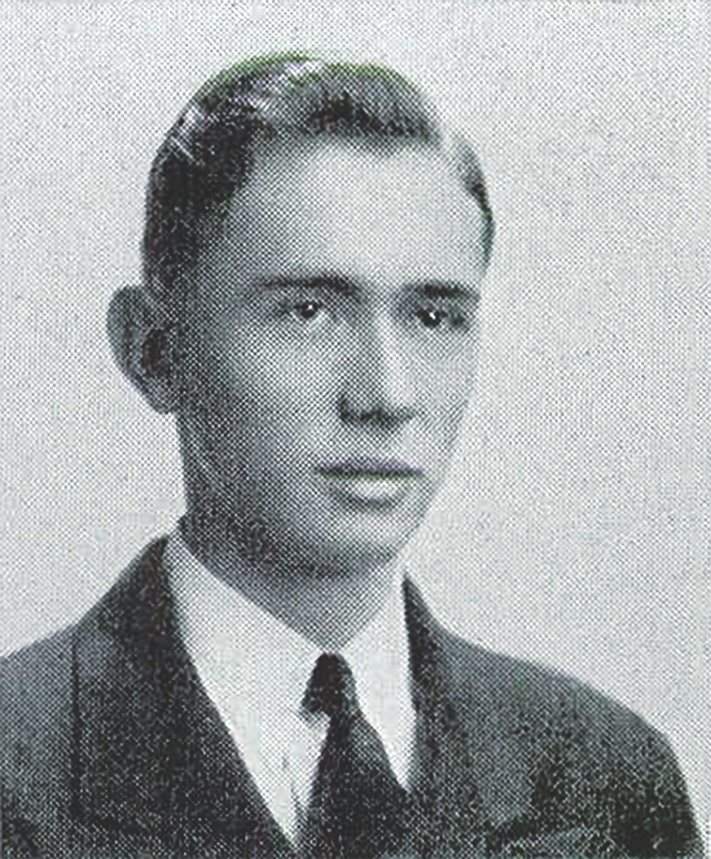
Today Hiroshima is a symbol of the horror and desperation of war, the terrifying power of the atom, and a hope for peace. One wonders about Miller and why he would have picked up this bowl. Perhaps, amid the total destruction from a terrible weapon, a small serving bowl was the only recognizable piece of humanity left that a person could wrap his mind around. —Josh Schick, Curator, The National WWII Museum ✯
Have a World War II artifact you can’t identify?
Write to Footlocker@historynet.com with the following:
— Your connection to the object and what you know about it.
— The object’s dimensions, in inches.
— Several high-resolution digital photos taken close up and from varying angles.
— Pictures should be in color, and at least 300 dpi.
Unfortunately, we can’t respond to every query, nor can we appraise value.
This article was published in the August 2021 issue of World War II.

